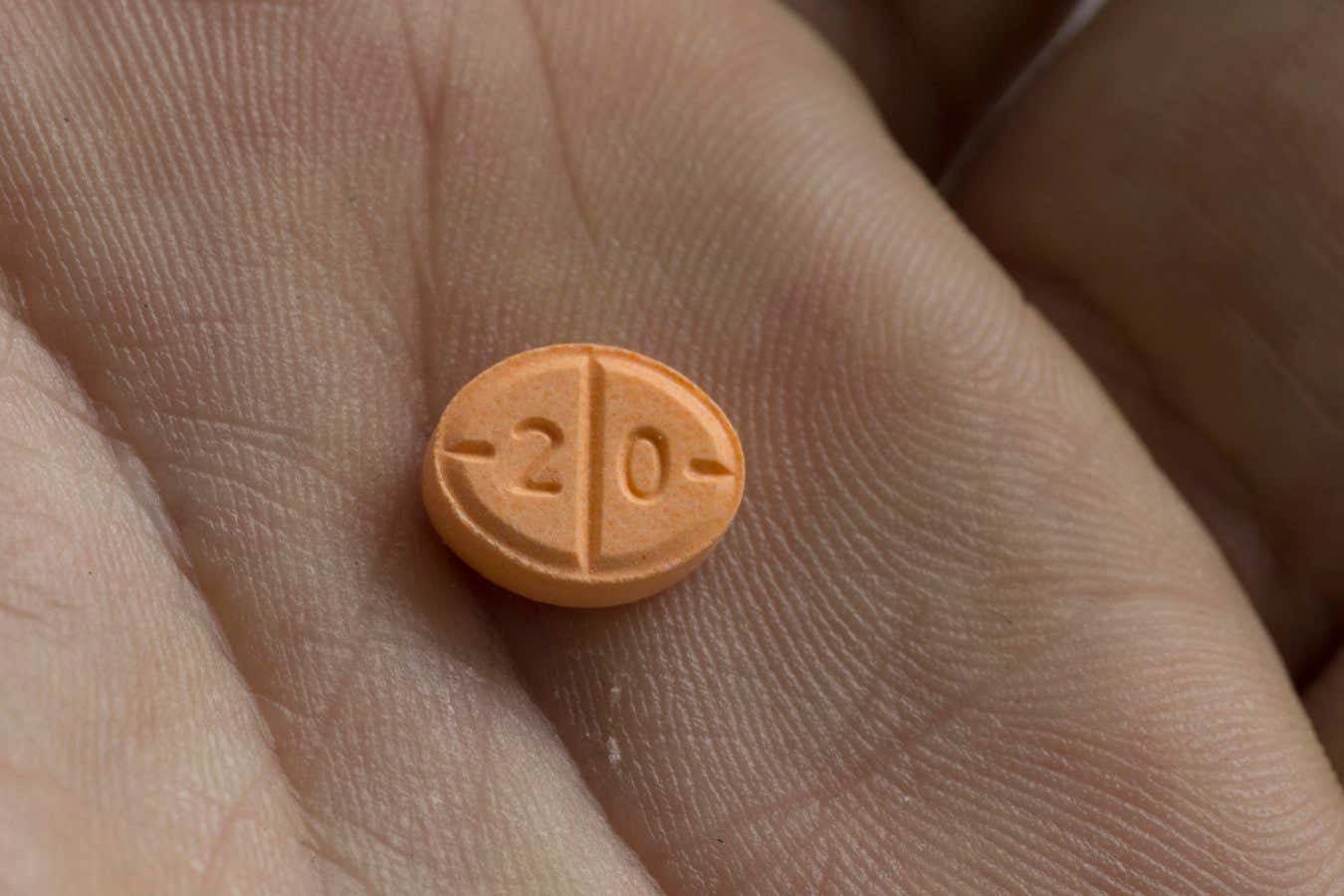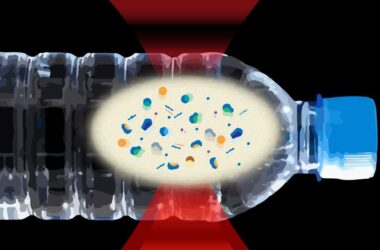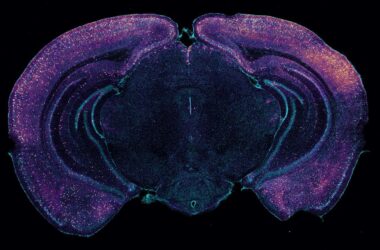A score that measures how easily distracted a person is could potentially be used to diagnose attention deficit hyperactivity disorder (ADHD). ADHD is characterized by difficulty concentrating and being hyper-focused. One of the main symptoms of ADHD is struggling to focus on a particular task. These distractions can include negative thoughts, intrusive thoughts, mind wandering, or daydreaming. Researchers at the University of Michigan, led by Han Zhang, aimed to develop a standard score for measuring distractibility that could be used clinically.
In a survey of 1220 individuals aged 18 to 35, the researchers asked participants about their experiences with distraction. For example, participants were asked to rate how strongly they agreed with the statement “I tend to get pretty wrapped up in my daydreaming” on a scale of 1 to 5. The researchers then used statistical analysis to create a standardized score called the “d factor,” which combines different measures of distractibility. This score indicates the extent to which people are susceptible to various types of distractions. The researchers also examined the participants for ADHD symptoms and found a strong correlation between a high d factor score and more pronounced symptoms of inattention.
The development of a scoring system for distractibility could lead to improved diagnosis of ADHD. People with ADHD often complain of being easily distracted, but what this distractibility entails is still unclear. The d factor provides a potential means of comprehensively assessing distractibility, which could enhance diagnostic accuracy. The researchers also discovered a connection between a high d factor score and the ability to hyperfocus, which is the experience of maintaining long-lasting and highly targeted attention. This finding suggests that being hyper-focused, like being easily distracted, may indicate difficulties in regulating attention.
It is important to note that one limitation of the study is that participants self-reported their distractibility through the survey. Future research could involve using other assessment tools like behavioral tasks to complement self-reporting. This study provides evidence that different forms of distractibility can be combined to form a single distractibility construct, indicating a fundamental issue with attention regulation in ADHD.
Insights:
– The development of a standardized score for measuring distractibility could lead to improved diagnosis of attention deficit hyperactivity disorder (ADHD).
– There is a strong correlation between a high score on the distractibility factor (d factor) and more pronounced symptoms of inattention in individuals.
– The scoring system could provide a comprehensive assessment of distractibility, enhancing diagnostic accuracy for ADHD.
– Individuals with a high d factor score also tend to exhibit the ability to hyperfocus, suggesting difficulties in regulating attention.
– Self-reporting through surveys is one method of assessing distractibility, but future research could incorporate other assessment tools like behavioral tasks.








